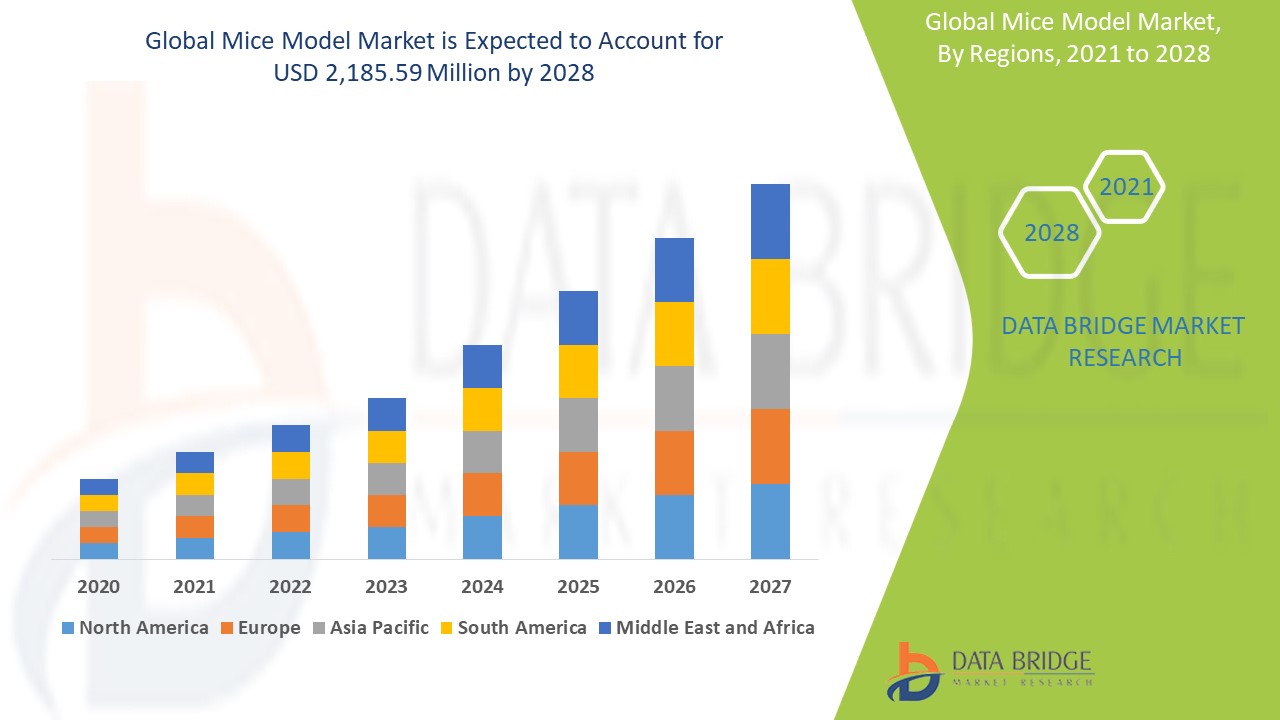Introduction
Given the many genetic similarities between people and mice, scientists can learn a lot about how humans work by studying the physiology, anatomy, and metabolism of mice. The most popular animal model for examining human illness and health is the mouse. The mouse is a compact, practical alternative that also reproduces well. More than a century of research on mice has resulted in a wealth of knowledge about the physiology, anatomy, and DNA of these animals. The ability to modify mouse genes is more significant; the mouse is one of the first mammalian species to have its genes altered using molecular methods.
Definition
The idea of using mice as a model organism to research human biology is based on the physiological and genetic similarities that are observed between the mouse species and humans. Mice have long been used as models of human biology and illness. Growing demand for personalized medicine, advancements in gene editing tools, rising demand for humanized mouse models, growing physiological similarities between humans and mice, growing use of personalized medicine in both developing and developed nations, and increasing implications of mouse clinical trials (MCTs) for more predictive outcomes are the key factors, among others, accelerating the market growth.
Analysts’ Viewpoint on Mice Model Market Scenario
- The healthcare sector is investing more in research to provide vaccines and therapeutics for acute respiratory infections since COVID-19 is associated with the possibility of organ system damage. Animal testing has been shown to be unreliable. Therefore, it is anticipated that the FDA (Food and Drug Administration) would put into effect the Modernization Act, which would end the requirement for animal testing.
- Human biology-based test techniques and bio-printed organ models are two prospective replacements for unsuccessful mouse models that might potentially slow the expansion of the industry.
- Due to these factors, market participants for mouse models should open up lucrative revenue prospects in critical healthcare applications like drug development. Animal models have played and are expected to continue to play a significant role in defining the pathophysiology of illnesses and related mechanisms of harm.
Key facts
- Scientists created mouse models in the early stages of biomedical research by choosing and breeding particular mice to create offspring with specific desirable qualities.
- The mouse’s current relevance comes from our capacity to modify its genetics. Since the human and mouse genomes have both been sequenced, we are now aware of their typical molecular make-up as well as how the sequences differ across people and the two species.
- Millions of variants exist in every genome, and scientists are working hard to understand how these differences affect health and illness.
- In the anticipated time frame of 2021 to 2028, the mice models market is anticipated to increase. According to Data Bridge Market Research, the market will expand at a CAGR of 5.88% during the projected period to reach an estimated value of USD 2,185.59 million. The market for mouse models is being driven by an increase in their use in virology and infectious illnesses.
Benefits of the mouse
- The anatomy, physiology, and genetics of the mouse and those of humans share a great deal in common.
- Since the mouse genome and our own genome are so similar, research on mouse genetics is particularly helpful for understanding human disorders.
- Mice are economical because they are inexpensive and simple to maintain.
- Adult mice proliferate rapidly. Since they marry on the day they give birth and can reproduce as frequently as every three weeks, scientists have a large number of mice to deal with.
- Since mice and humans share a large number of the genes that cause complicated illnesses like atherosclerosis and hypertension, research on these diseases in mice is tremendously beneficial. Understanding the genetic risk factors for various illnesses in the human population can be gained from research on mice.
Usage of Mice model
Mice are the preferred model not only because their genetic makeup is strikingly similar to that of people, but also because their pathophysiology for illness is comparable to that of humans. Mice are a cheap and effective tool for accelerating research and drug testing.
Researchers now have a particularly potent tool for understanding the processes behind the human disease and evaluating cutting-edge pharmacological treatments thanks to these feature combinations.
For more detailed information about mice model market visit
https://www.databridgemarketresearch.com/reports/global-mice-model-market
About Data Bridge Market Research
Data Bridge Market Research offers clients strategic and tactical support for making well-informed business decisions as well as for identifying and seizing high-value opportunities in the target business sector through specialized market research, analytics, marketing/business strategy, and solutions. We also assist our clients in addressing business issues and provide the finest ways to do so and develop their companies.

